Teaching emotions in a foundation class is essential for helping young learners develop emotional intelligence and social skills. By incorporating engaging books with interactive activities, teachers can create meaningful learning experiences in Health & PE lessons. Below are three carefully selected books, each paired with an activity to support emotional development in young children.
Book 1: The Colour Monster by Anna Llenas

When I first came across The Colour Monster, I was struck by how beautifully it simplifies the complex world of emotions for young learners. It’s fascinating how children naturally associate colours with feelings, yet they often struggle to put those emotions into words. This book provides a gentle and engaging way to help them understand and express what they feel.
Colours are a powerful way for children to understand and express their emotions, and I’ve seen firsthand how engaging the activity below can be in the classroom. By connecting feelings to colour zones, students develop a stronger emotional vocabulary while having fun with hands-on sorting and matching. I love watching their confidence grow as they identify emotions and explain how they feel in their bodies—it’s a simple yet meaningful way to build emotional literacy.
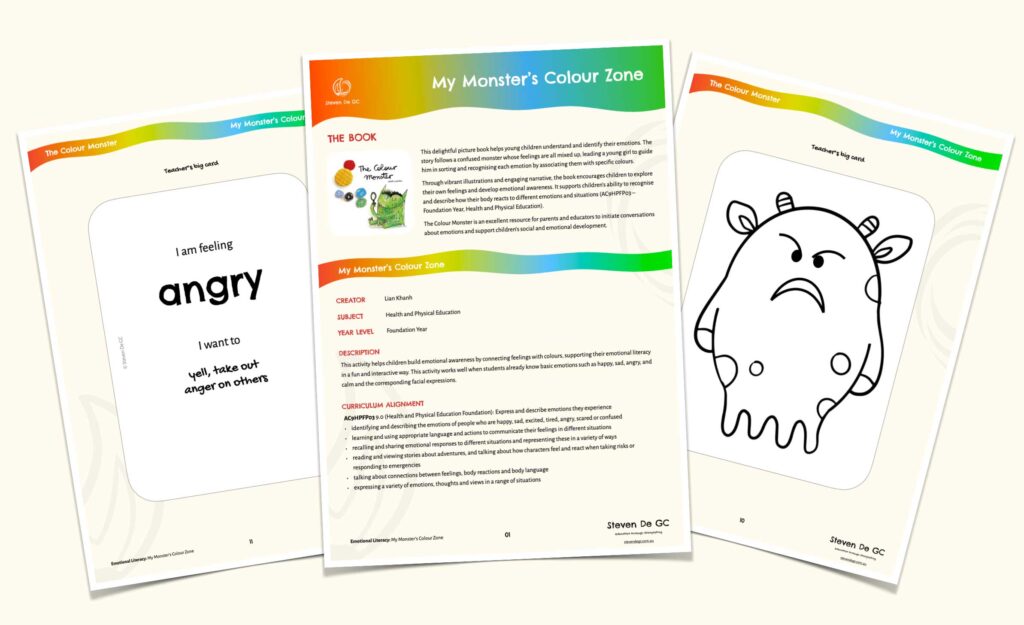
👉 Download the free activity sheet “My Monster’s Colour Zone’ to help students explore their emotions through colour!
Book 2: In My Heart: A Book of Feelings by Jo Witek

Emotions can be overwhelming for young children, and In My Heart does a wonderful job of breaking them down in a relatable and comforting way. I love how the book explores emotions as something that flows and changes, much like waves in the ocean. It’s a gentle reminder that all feelings—big or small—are valid and worth expressing.
Recognising emotions goes beyond words—children often express their feelings through facial expressions and body language before they can fully articulate them. That’s why I love using the interactive activity below, which helps young learners connect emotions to physical sensations in a fun and engaging way. Watching students act out different emotions in the Emotion Charades game is always a joy—it not only strengthens their ability to read nonverbal cues but also builds their confidence in expressing how they feel.
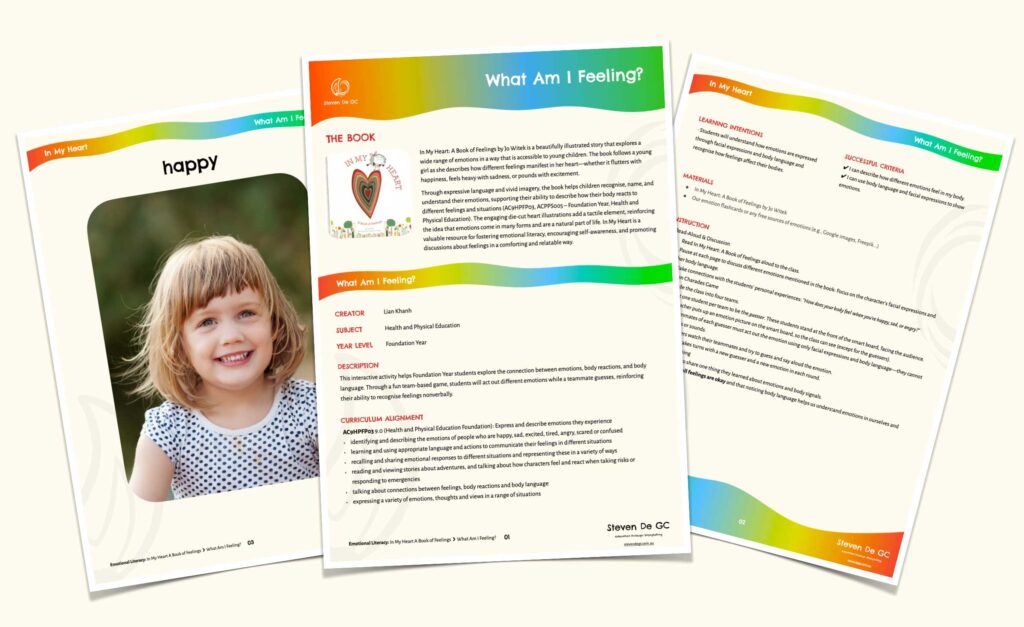
👉 Download the free activity to encourage self-expression in your classroom!
Book 3: I Have Feelings by Jana Hunter

Happiness looks different for everyone, and I Have Feelings captures this idea beautifully. What I love most about this book is how it encourages children to appreciate the small joys in their lives—whether it’s a favorite toy, a warm hug, or playing outside with friends. It’s a great way to introduce the concept of gratitude early on.
Understanding emotions is an essential skill for young learners, and I’ve found that the best way to teach it is through play, movement, and storytelling. The activity below creates a fun and supportive space where children can recognise, express, and talk about their feelings in a way that feels natural to them. Whether it’s through acting out emotions, sharing personal experiences, or dancing along to the Feelings Freeze Dance, I love seeing how engaged and confident students become as they explore their emotions.
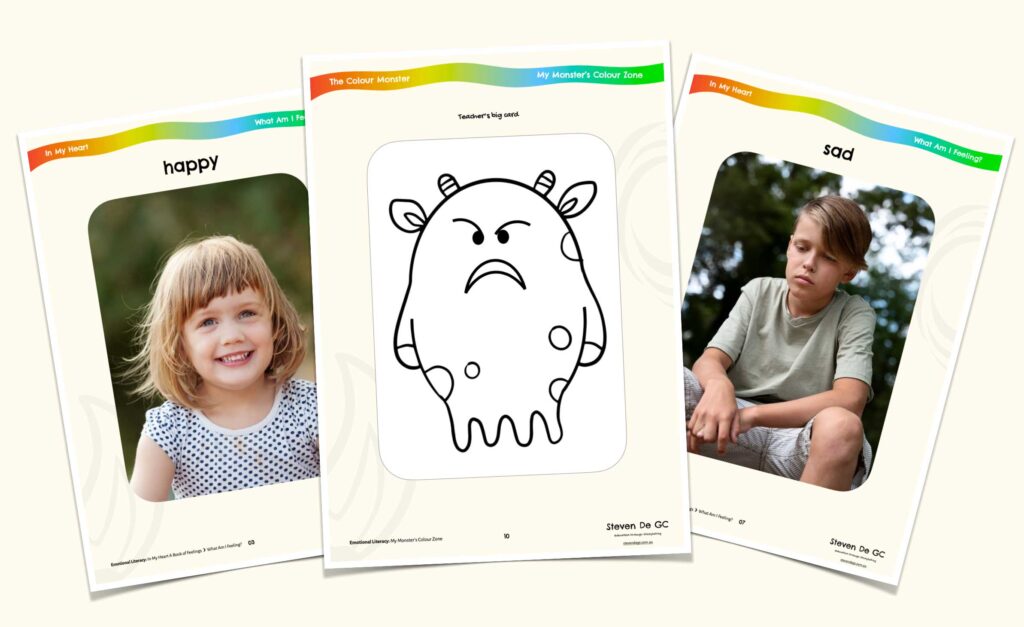
👉 Download the free activity to bring this meaningful experience to your classroom
For foundation class teachers, integrating engaging books with interactive activities is an effective way to teach emotions in Health & PE. My Monsters Colour Zone, What Am I Feeling?, and What Makes You Feel Happy? provide excellent resources for helping young learners recognise, express, and understand emotions. Try these activities in your classroom and support your students’ emotional development today!





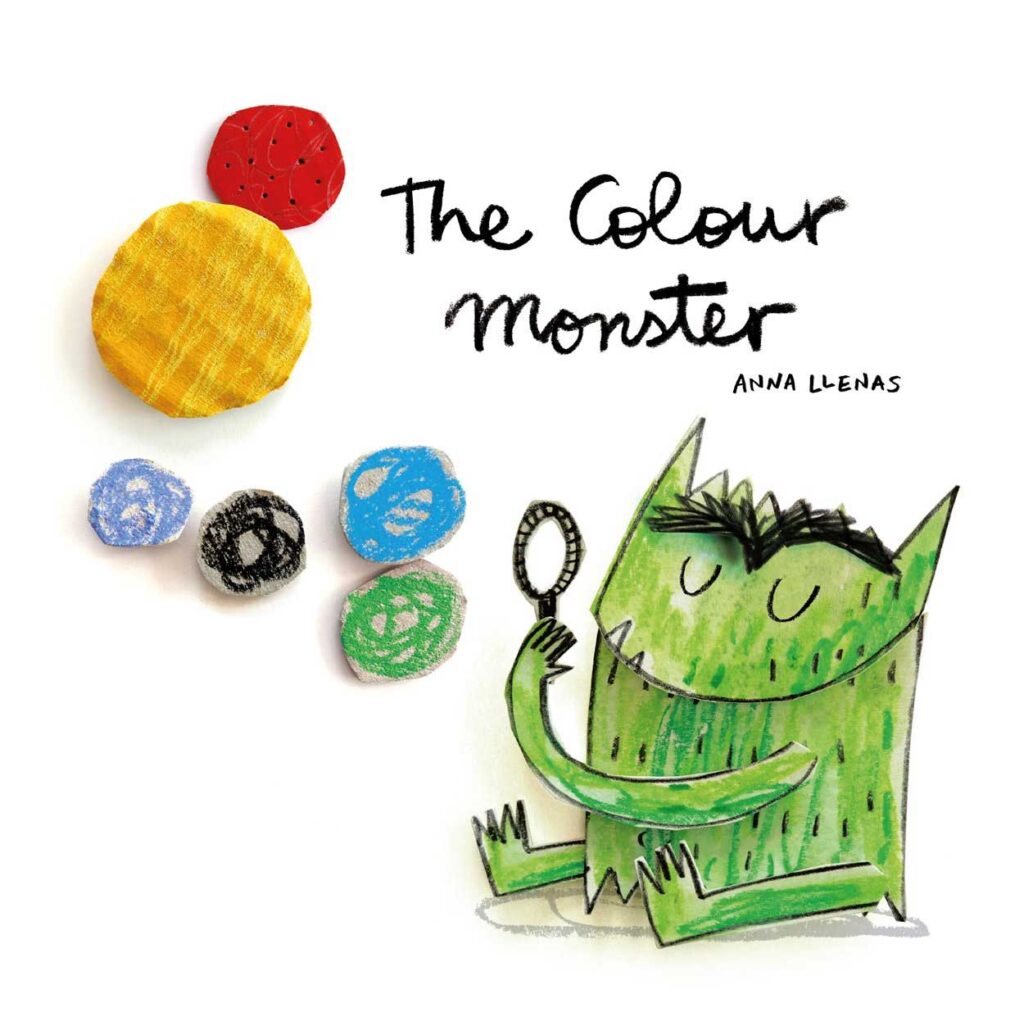


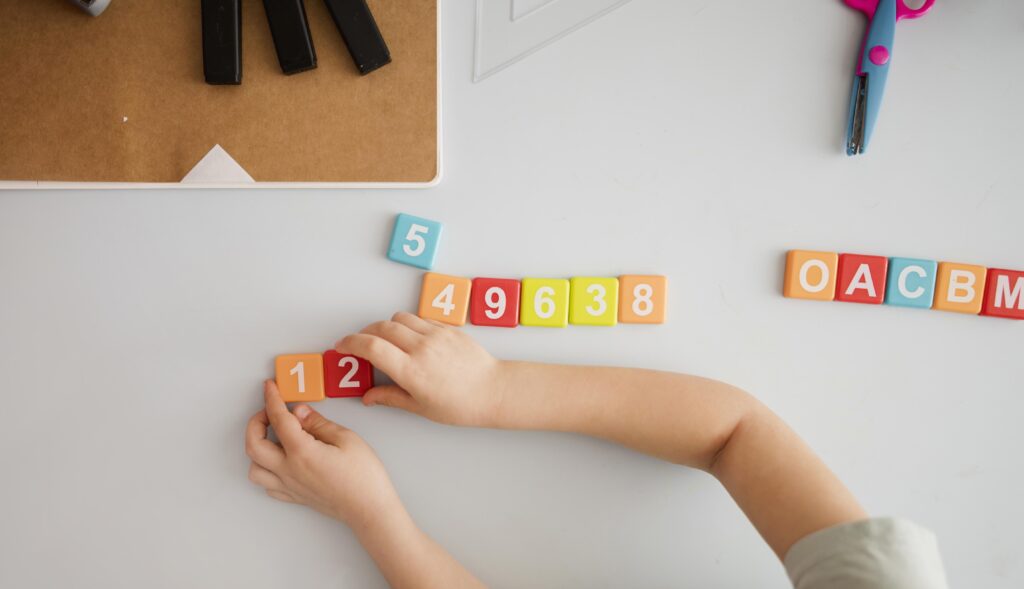
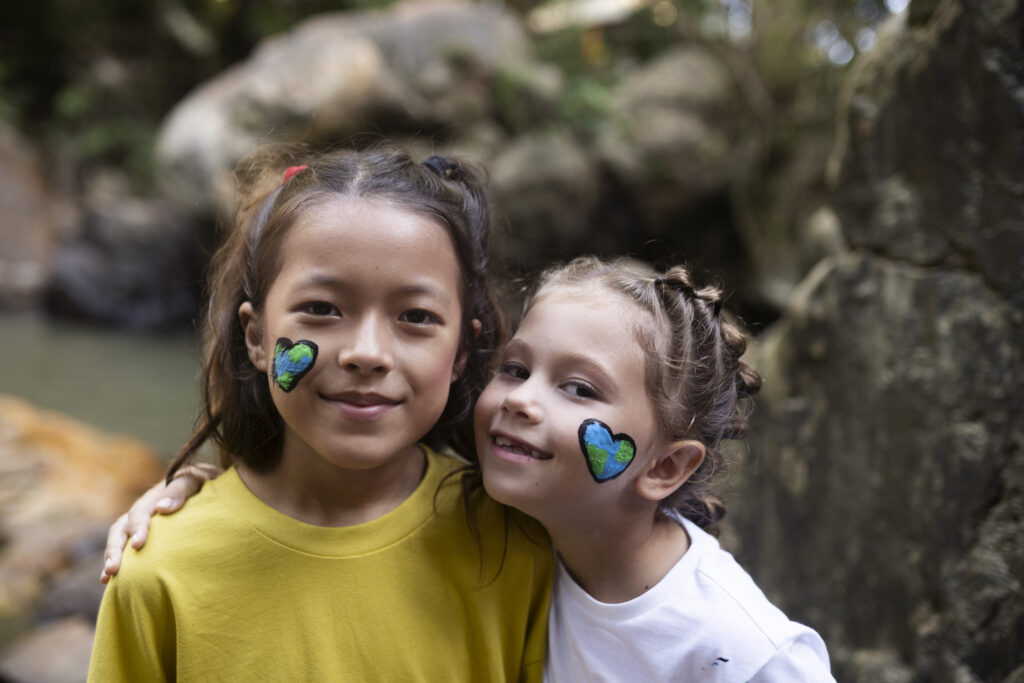
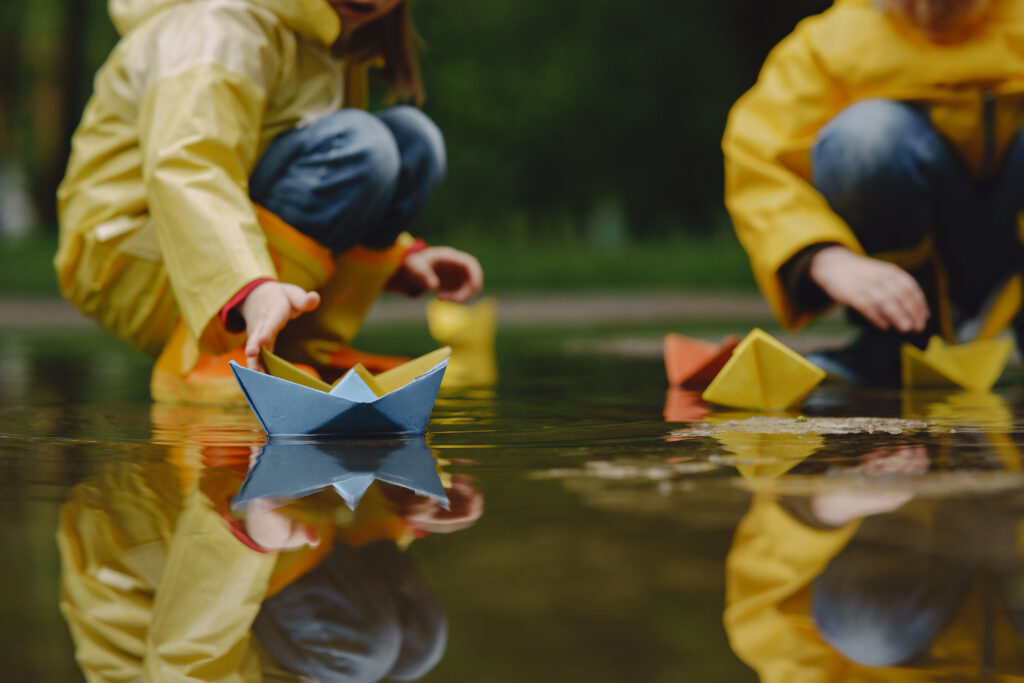
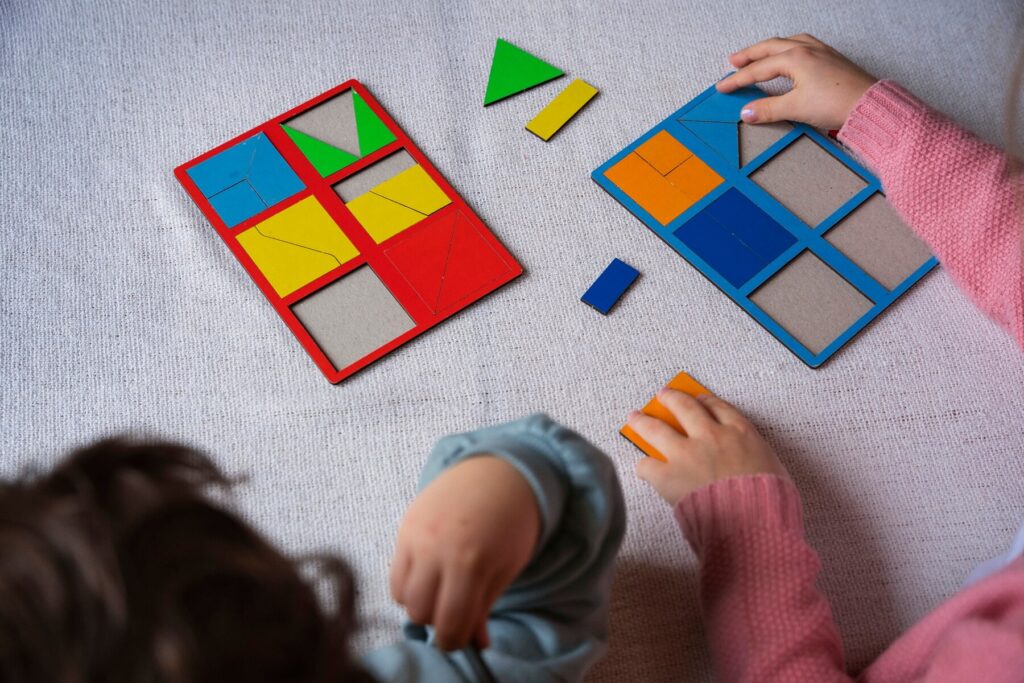
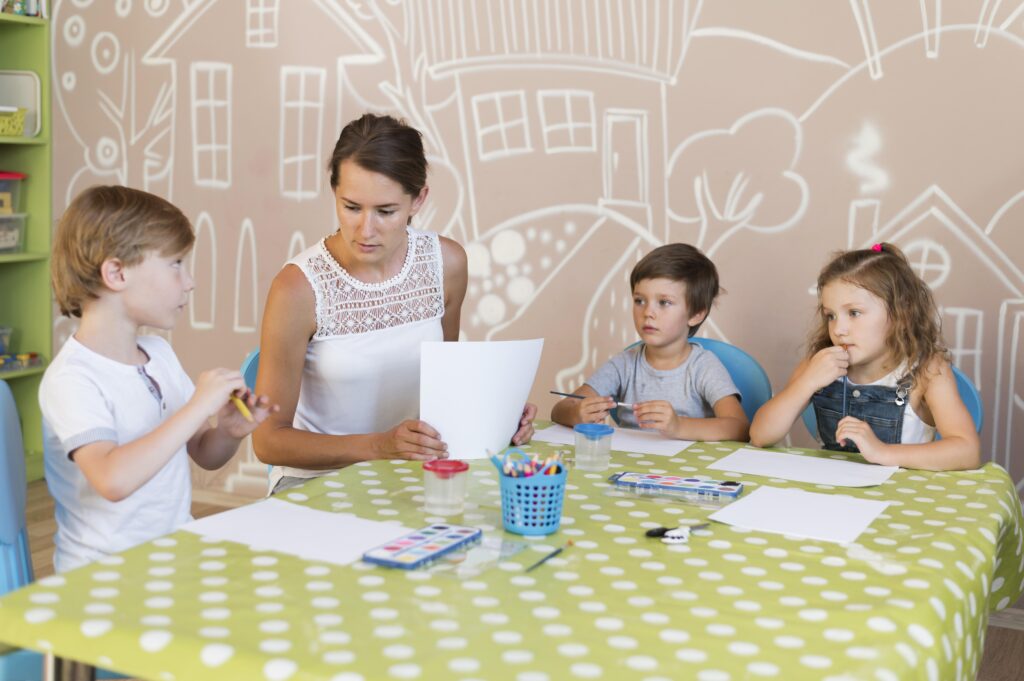



Leave a Reply